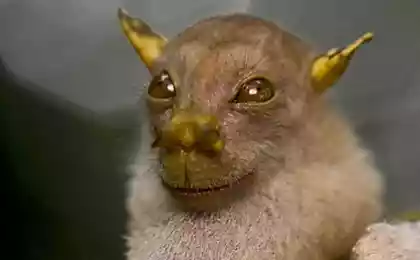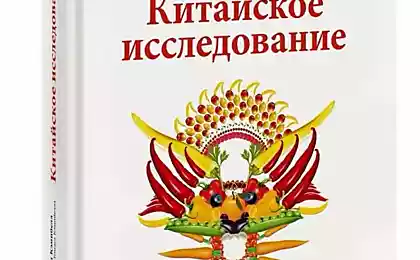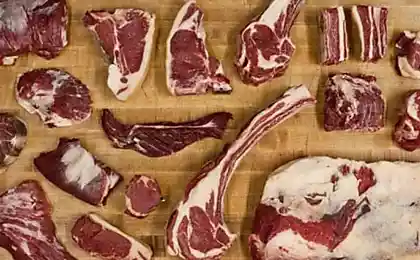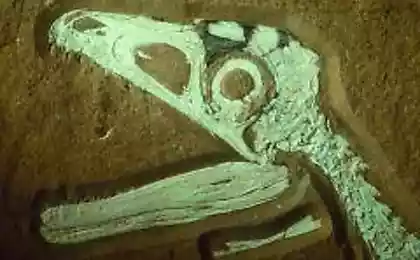1362
Discovered fossils of animal origin
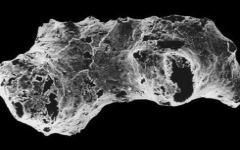
During cryogenic in shallow seas began to appear protozoa. It happened at about 750-550 million years ago, when these tiny organisms only 0, 3-0, 5 mm in length became the dominant animals in ancient oceans
Despite its size, its importance can not be underestimated, as it is - the oldest animals that have been found so far, they precede any fossils at least 100-150 million years.
The organism was named Otavia antiqua, he was found in the oldest rocks in Namibia, and the discovery proves that living organisms appeared on Earth much earlier than expected on the basis of previously found fossils. Otavia antiqua developed in the period of history known as cryogenic, the second period of the Neoproterozoic, which lasted from about 830 to 635 million years ago. Period derives its name from the fact that at this time the temperature plummeted to Earth's surface, causing the most extensive glaciation in the history of our planet. During this period, the glacier covered the entire planet, including the equator, as scientists believe (the hypothesis of "Snowball Earth»).
The earliest fossils Otavia antiqua precede the first of two events predicted icing. Fossils are preserved until the end of the Precambrian period, where an increasing number of complex living organisms. Otavia antiqua are the simplest invertebrates - sponges. They have most of the properties, which are endowed with modern sponges, excluding spicules (bone formation, which are made with a sponge for structural support). Although scientists do not completely rule out their existence in the early history, but the evidence has not been found.
At the firstborn of sponges was a very simple structure of the body. Most Otavia antiqua were ovoid or spherical shape with three "segments." The outer layer was covered by numerous small pores (holes size of 5-20 microns in diameter), which was passed water and sucked food.
The second "section" is probably responsible for getting nutrients through the consumption of algae and bacteria, making Otavia antiqua predator. This "unit" is called labyrinth for winding a plurality of channels, which increases the absorption of nutrients and gas exchange is provided.
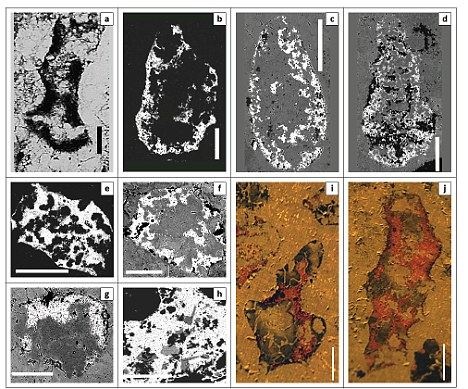
Scientists have studied more than 1,000 tiny fossils
The genus name of these tiny creatures comes from the name of mountain structure, where was found the majority of instances, and, coincidentally, here was discovered the earliest known science people.
Scientists believe that Otavia antiqua lived in a relatively warm, soothing saline waters, lagoons - off the coast.
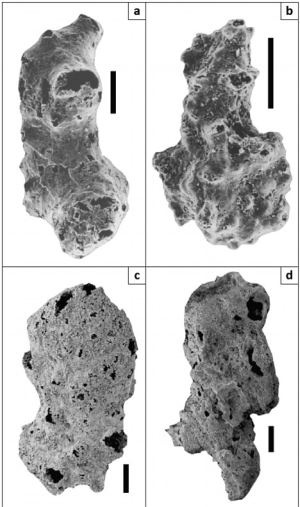
Image Otavia antiqua, obtained through a powerful microscope
Despite the fact that the appearance of these organisms is preceded by the appearance of any other form of living creatures on Earth for at least a hundred million years, the discovery was not a surprise to scientists. In molecular biology has long been predicted that the first animals were to appear just at the time when Otavia antiqua were the dominant life form.
Using a process known as molecular clock scientists compared genomes of different organisms with each other to find similarities and how different genes are far apart in the evolutionary chain structure. Realizing that there are differences in the genes through development, we can explore the deep past and predict when organisms shared the last common ancestor. Predictions obtained in a similar way, corroborated by physical evidence found fossils again and again. The emergence Otavia exactly at the time when it was predicted last common ancestor of all living metazoans may indicate that it may have an ancestor of all animals.
This suggests that we have our existence to the body, which is slightly greater than the size of a rice grain. This "grain of rice" that survived the harshest climate change and the most hostile environmental conditions that our planet has ever experienced, has made possible the emergence of a huge variety of animals that are differentiated and spread in every ecosystem on the planet.
Found the remains of the largest fossil penguin
Scientists have found that Mars was arid desert more than 600 million years




